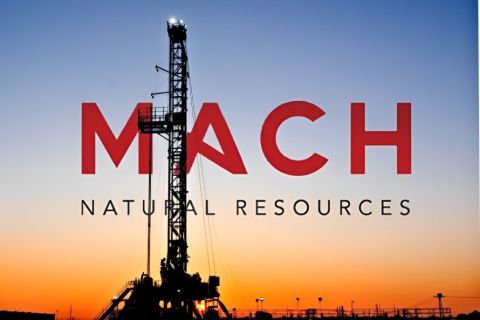In Rice University’s Baker Institute for Public Policy newest report, "U.S. Energy Policy FAQ: The U.S. Energy Mix, National Security and the Myths of Energy Independence," the leading causes of higher oil prices are enumerated. Three are often cited by industry members and commentators: OPEC production restraint, limited new non-OPEC supply, and fears of supply interruption (war, terrorism, weather, Chavez). Probably the greatest contributor to higher oil prices this decade is the weakening U.S. dollar, however. The report's authors, Amy Myers Jaffe, Kenneth Medlock and Lauren Smulcer, estimate US$92 oil is the new US$60, as crude oil is traded globally in U.S. dollars. "The U.S. dollar has fallen by more than 50% relative to the euro since 2000, and major oil-exporting countries, such as the Persian Gulf countries, buy a substantial portion of their imports from European Union countries. Thus, in order for the Persian Gulf countries to simply stay even, the price of oil denominated in dollars must rise by more than 50% as well," they report. "A very rudimentary calculation can highlight the effect of the weakening dollar further: If the U.S. dollar/euro exchange rate today was at the same level as in December 2000, the price of oil would be roughly the equivalent of around $60 per barrel. While this is substantially higher than the prices seen in the 1990s, it is still much lower than the $90-$100 oil prices we see today." Here's the full report: bakerinstituteanalysisofenergybillfeb2008.pdf The following is pure conjecture on my part, and I am told that the idea makes sense but the net logic is wrong. What do you think? The disparity is to the advantage of U.S. oil companies that produce and sell oil at home, as well as those that produce and sell abroad and bring the net profit home. When ExxonMobil produces and sells a barrel from the North Sea to local markets at US$100, and if its net profit is 40%, it has US$40 to spend at home (or give back to shareholders) and this $40 is actually worth US$40. When BP produces and sells a barrel from the North Sea for US$100, and its margin is 40%, it has US$40 that works like US$27 in Europe. Meanwhile, ExxonMobil nets US$40 from its production from the U.S. Gulf of Mexico, and BP takes home the equivalent of US$27. This math suggests U.S.-based producers should be redeploying their profits at home. --Nissa Darbonne, Executive Editor, Oil and Gas Investor, A&D Watch and Oil and Gas Investor This Week, ndarbonne@hartenergy.com
Recommended Reading
WhiteHawk Energy Adds Marcellus Shale Mineral, Royalty Assets
2024-09-18 - WhiteHawk Energy LLC said it acquired Marcellus Shale natural gas mineral and royalty interests covering 435,000 gross unit acres operated by Antero Resources, EQT, Range Resources and CNX Resources.
Great Expectations Continue to Round Out a Big Year in A&D
2024-10-17 - At least $1.8 billion in A&D transactions have taken place already in 2024.
TXO Partners Closes Williston Basin Acquisition for $296MM
2024-09-04 - MLP TXO Partners reported in regulatory filings that it had closed a 159,000 net acre acquisition in North Dakota and Montana for cash and units.
Mach Units Fall 12% After Announcing Offering to Finance M&A Deals
2024-09-05 - Mach Natural Resources (MNR) units are trading down over 12% after announcing plans to sell 7.85 million common units to fund two pending acquisitions in the Midcontinent.
Chevron’s Texas Haynesville May Fetch $1B from Tokyo Gas—Report
2024-10-08 - Chevron holds more than 70,000 net acres in Panola County, Texas, but had only five Haynesville wells on the acreage at year-end 2023.





